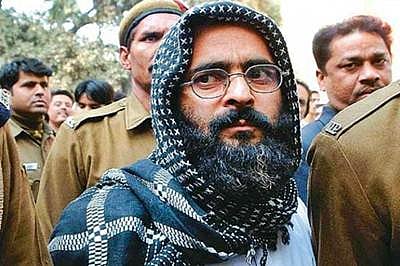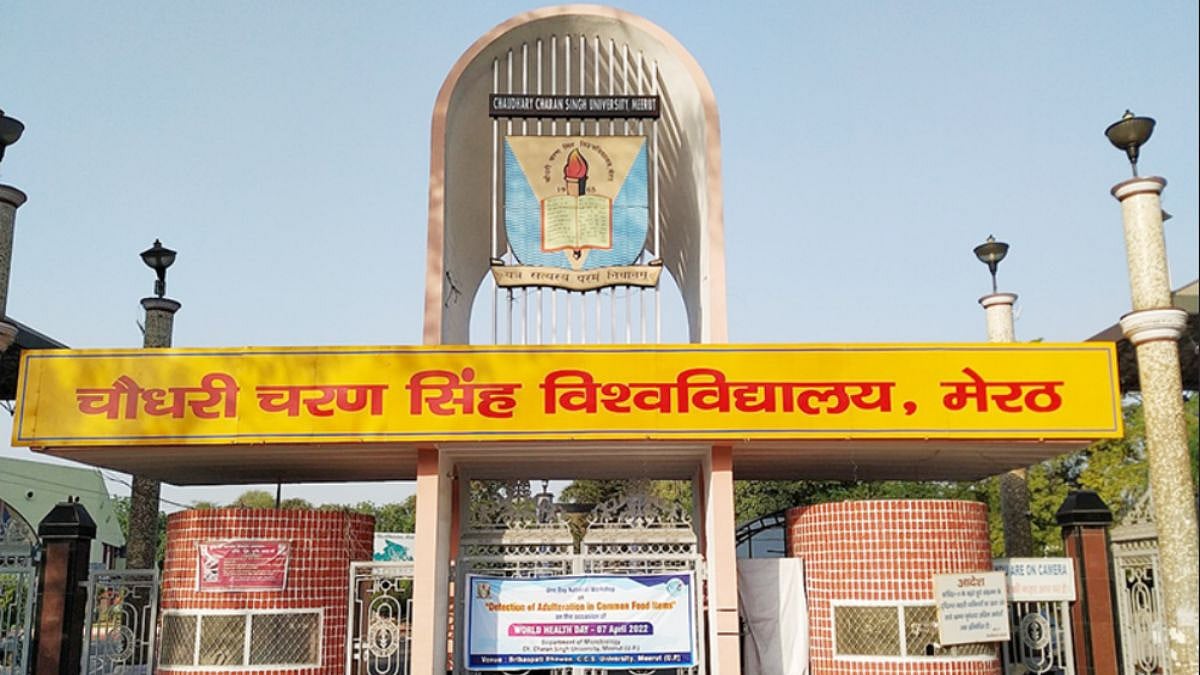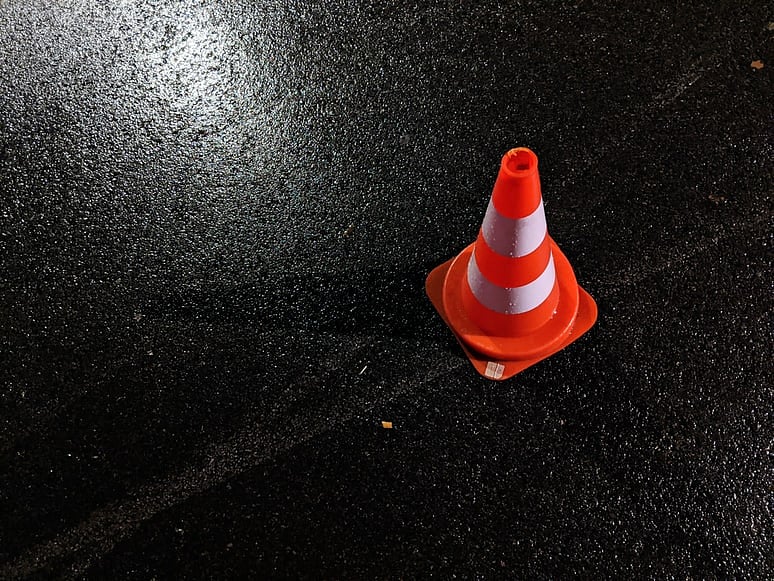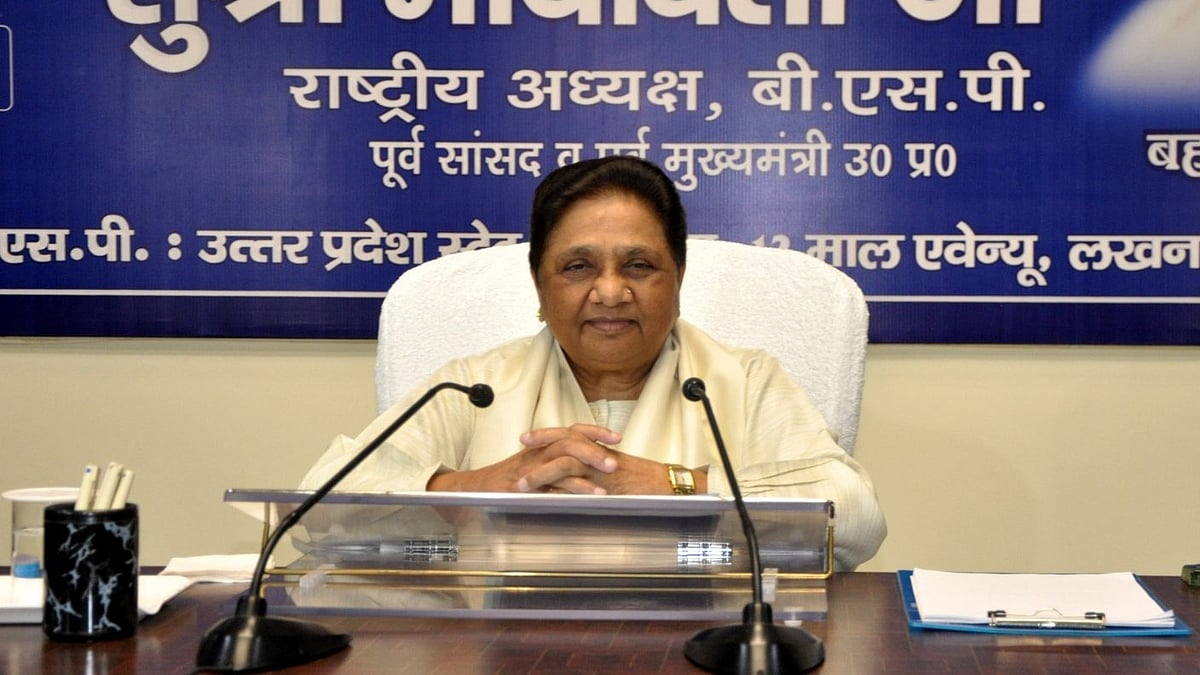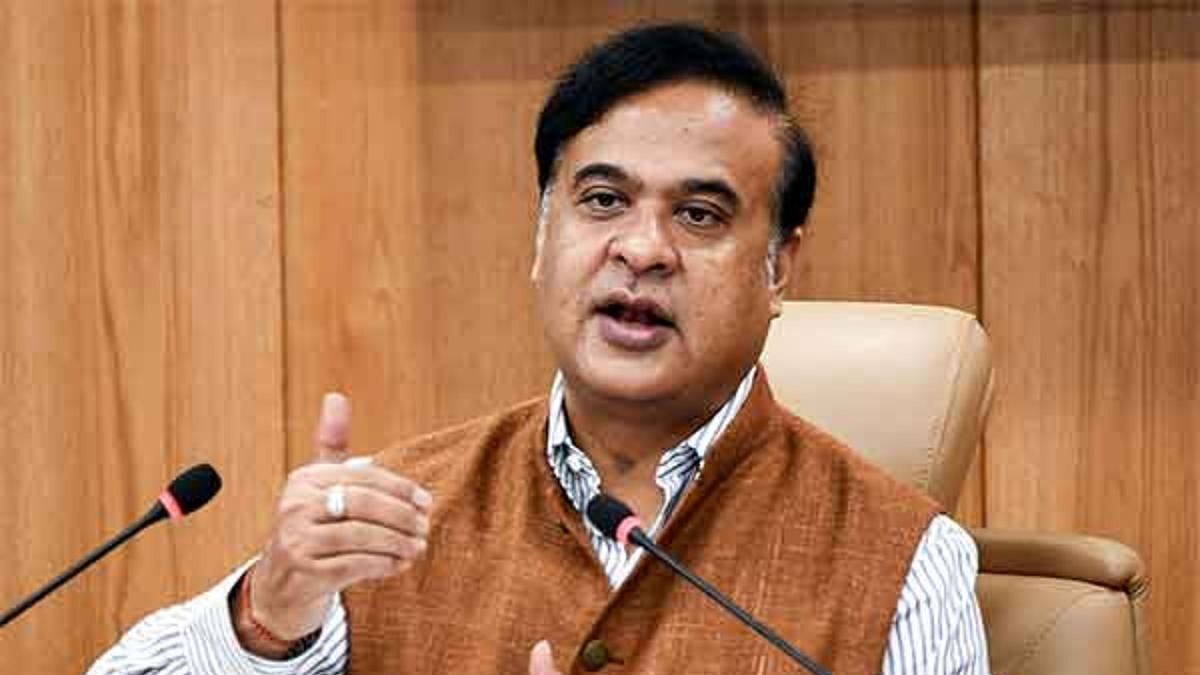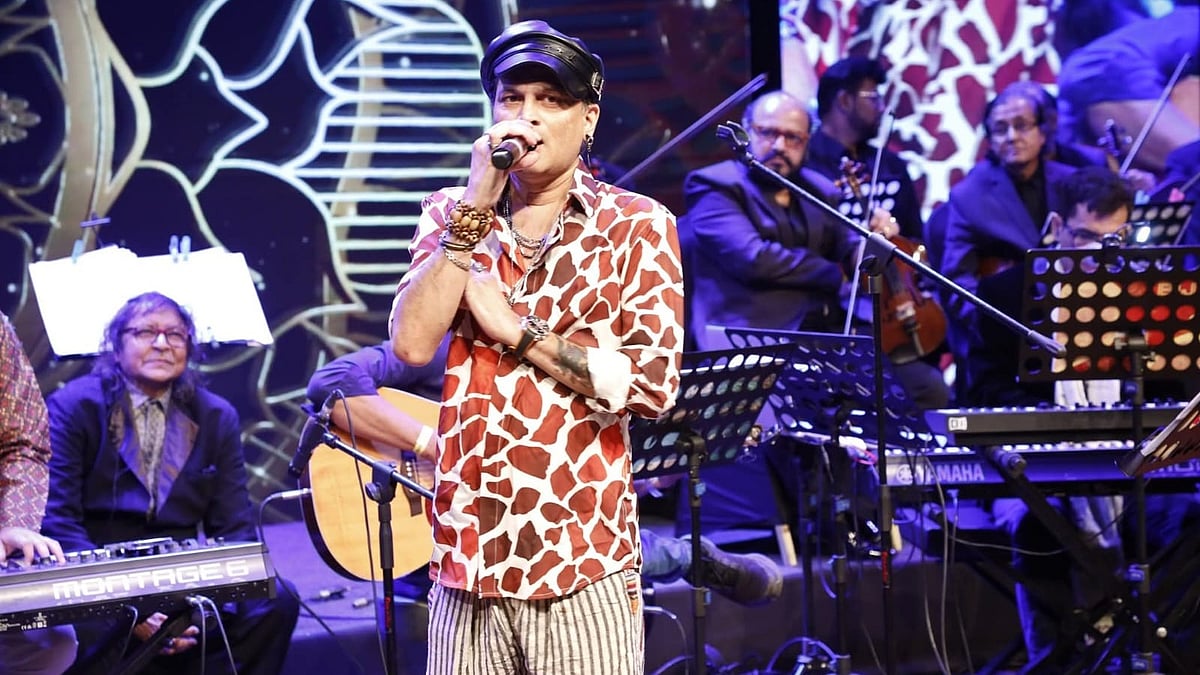Twenty years ago, Parliament, the supreme legislative body of India, witnessed a dastardly terror attack that shook the conscience of the country to its core. The horror of the day, December 13, 2001, is still fresh in the minds of the people of the country.
Who was Afzal Guru? What was his role in the 2001 Indian Parliament attack?
Soon after the attack, the investigation was taken up. In just 72 hours, the Special Cell of the Delhi Police cracked the case and arrested four people -- Mohammed Afzal Guru, Shaukat Hussain, Afsal Guru and SAR Geelani -- in this connection.
On Dec 18, 2002, a death sentence was given to S A R Geelani, Shaukat Hussain Guru and Afzal Guru, while Afsan Guru is let off. The Supreme Court, while confirming the death sentence of Afzal Guru, commutes Shaukat Hussain Guru's death sentence to 10 years of rigorous imprisonment.
Followed by this, the Delhi court ordered Afzal to be hanged. Later, Afzal Guru's wife Tabasum Guru filed a mercy petition with then President A P J Abdul Kalam. The plea was later rejected by President Pranab Mukherjee.
Afzal Guru was hanged in Delhi's Tihar Jail in February 2013. Afzal was born in Aabgah village near Sopore town in the Baramulla district of Jammu and Kashmir.
All you need to know about the attack
Five terrorists of the Pakistan-based militant groups Lashkar-e-Taiba (LeT) and Jaish-e-Mohammed (JeM) infiltrated the premises in a White Ambassador bearing fake stickers of the Home Ministry and Parliament itself.
It would not be wrong to say that at the time, the security system at Parliament was as stringent as it is today.
Carrying AK47 rifles, grenade launchers, pistols and grenades, the terrorists breached through security cordons deployed around the Parliament complex. As they further drove the car inside, one of the staff members, Constable Kamlesh Kumari Yadav, became suspicious of their movement.
Yadav was the first security official to approach the terrorists' car and, realising something suspicious, ran back to her post to seal the gate no 1 where she was posted. With their cover effectively blown, the terrorists opened fire on Yadav and fired at her 11 times.
Yadav died on the spot, averting a suicide bomber among the terrorists to execute his plan.
After killing Yadav, the terrorists moved forward, firing indiscriminately. The horror lasted for about 30 minutes during which a total of nine people were killed and 18 others injured.
All the five terrorists were also neutralised outside the building itself.
The anti-terror unit of the Delhi Police -- Special Cell -- which was set up in 1986 to prevent, detect and investigate cases of terrorism, organised crime and other serious offences in the national capital, took charge of the investigation.
Recalling memories of the 20-year-old terror attack, the then Deputy Commissioner of Police Ashok Chand told IANS that he was at the office of the Special Cell when the carnage occurred.
"As soon as we received information, I rushed with my team to Parliament," Chand said, adding that when he reached the spot, the attack was still going on.
"The situation had not normalised, it was still fluid and by that time other teams of Special Cell also reached there," he said.
In next few minutes, Central Reserve Police Force (CRPF) personnel neutralised all the terrorists. Notably, the CRPF battalion posted at Parliament during the time of the attack had just returned from Jammu and Kashmir.
"So they were prepared for such unforeseen events and knew how to react," said another officer privy to the development.
Though it was the extreme bravery of the security forces to quickly contain the situation, the Watch and Ward staff of Parliament, too, played a vital role in saving several lives.
"The Watch and Ward staff immediately after the attack began, closed all the doors of the Parliament building, thus preventing the terrorists from entering the house," said an officer.
The Watch and Ward were renamed Parliament Security Service in April 2009.
